Anyone who works in healthcare, or who aspires to work in healthcare, knows what a challenging yet rewarding career choice it is. It’s a wonderful opportunity to help others whilst also connecting with many different people.
However, in these times of coronavirus and social distancing, people are reluctant to seek out medical care. Or sometimes, people live far out or in situations where a hospital or health professionals can’t be reached quickly. Other times, it’s simply that people need some quick medical care that doesn’t justify the rigmarole of a hospital appointment.
So, what is the solution for these people who can’t or won’t make it to a hospital or other care services, but still need help? 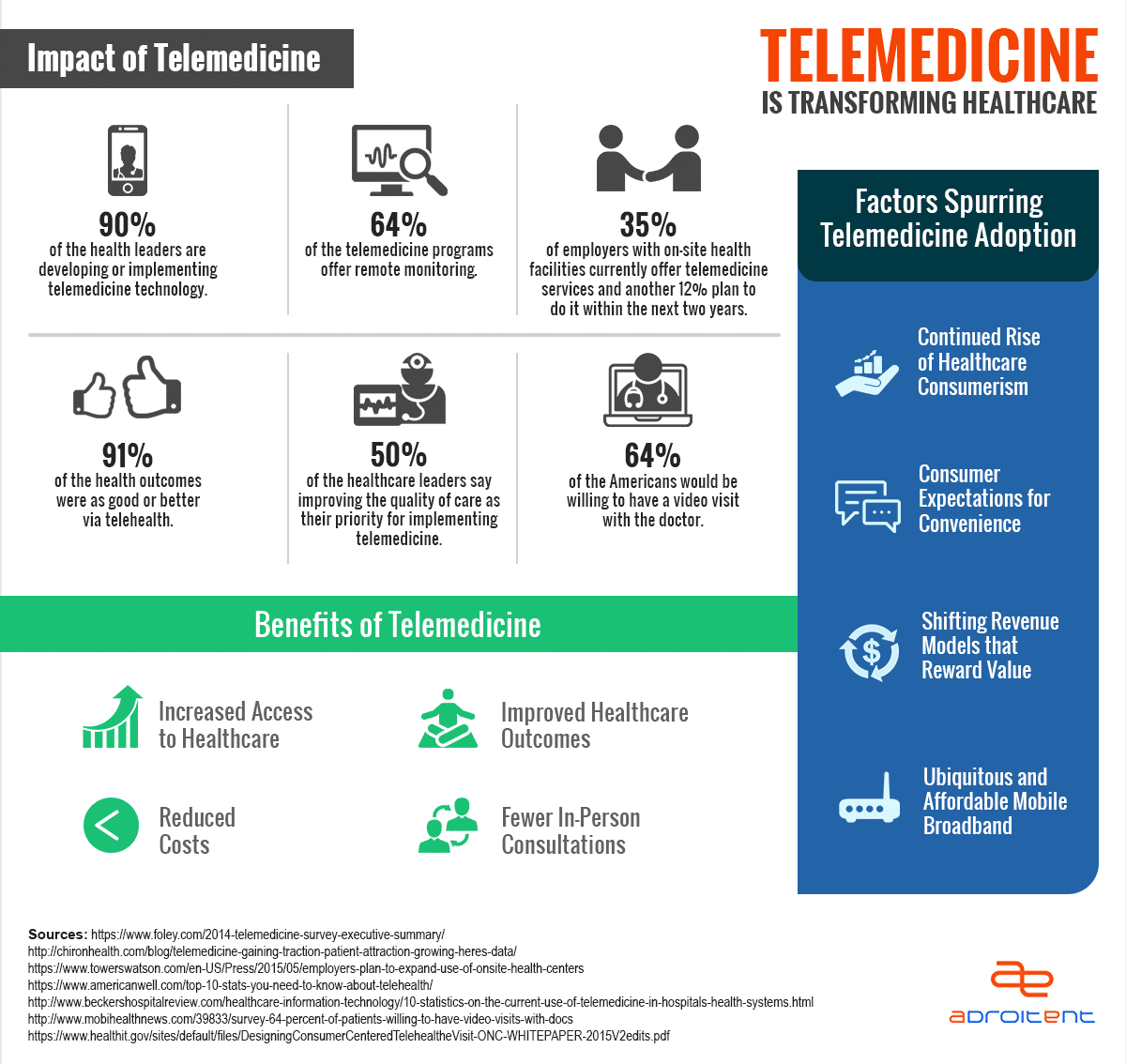
Source: Hin
Luckily, we live in an age of advanced technology. Meaning it’s never been easier to treat patients using video messaging or a simple telephone call. This method of providing care to patients is known as telemedicine. And with a whopping $2.9 trillion being spent on healthcare in the US alone every year, as this preferred type of care grows, so does the competition.
Therefore, taking up a course in telemedicine is the perfect way of getting ahead of rivals. It also means learning the all-important ins and outs of what it takes to be a great telephone physician or nurse. Mhealthintelligence even suggests 80% of people are comfortable with video-based care. So, this is the perfect time to get ahead of the trend.
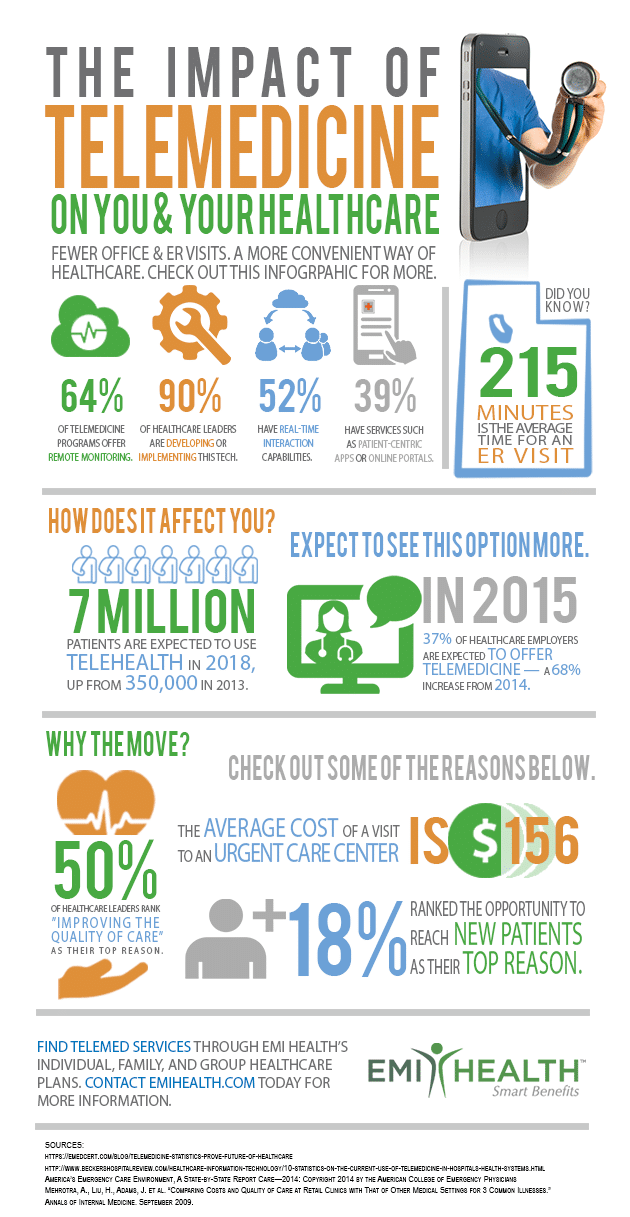
Source: Healthcare Intelligence Network
However, for a busy medical worker, it isn’t always easy to take time out to go on a course.
Fortunately, there is a range of great telemedicine courses that not only teach what telemedicine is but why it’s worth training in this field. Ultimately, helping you find out how to become an excellent telemedicine worker.
At a basic level, telemedicine is bringing together tech and medicine to provide communicative help to patients in places where they can’t be reached. Traditionally, this involved a telephone. But as we progress into a modern tech age, people are starting to incorporate things like video calls on mobile devices.
It has gone from a time of helping people remotely. For example, a patient who lives in a mountainous region. To an era of assisting people locally who are unable to make it to a hospital or surgery. For example, video chatting with a patient rather than seeing them in person, due to COVID-19 restrictions.
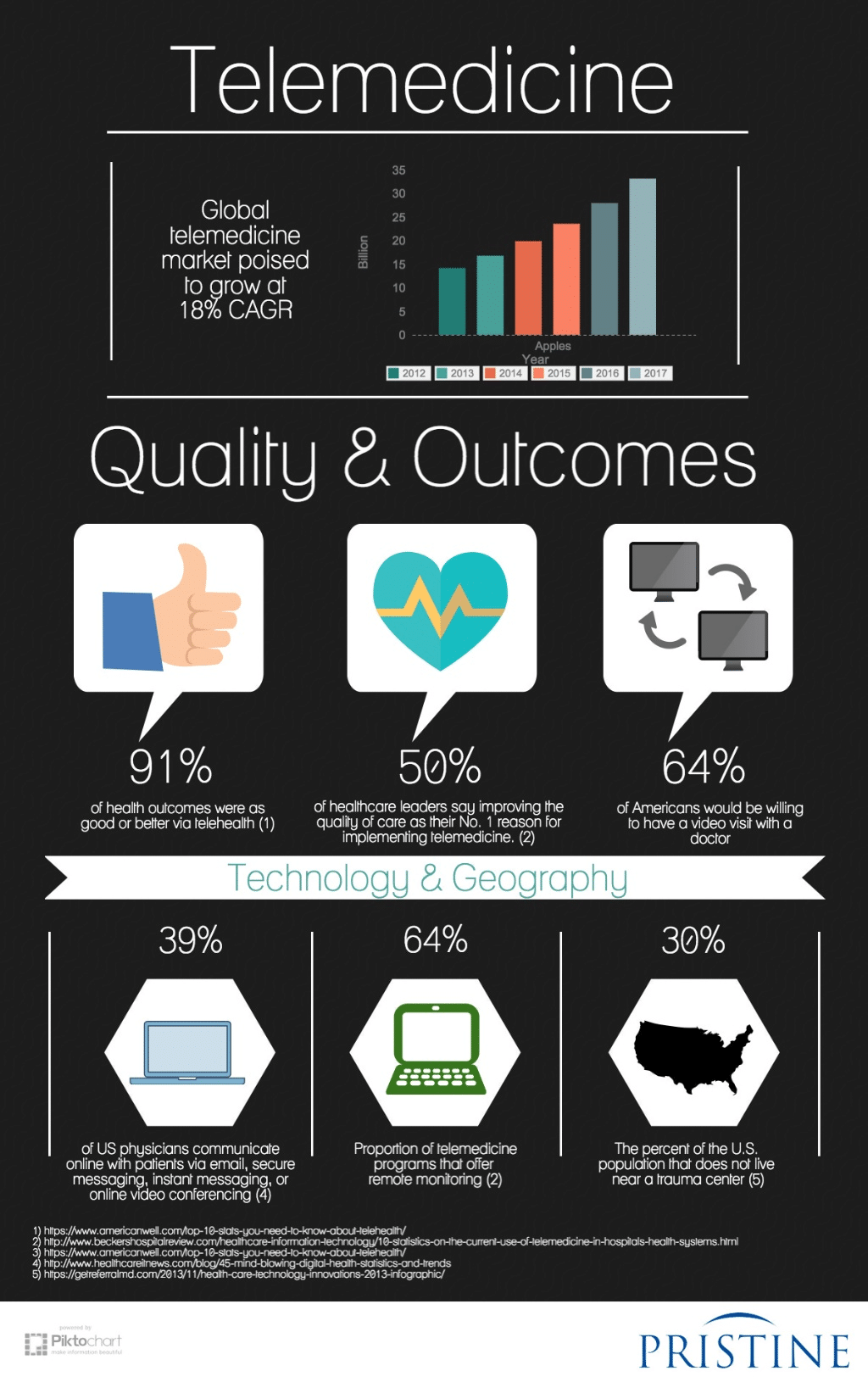
Source: chiro health
Surprisingly, telemedicine started around 50 years ago. However, what began as a simple solution has ended up in a complex mix of technology and patient care. It has also made its way into offices, surgeries, homes, and hospitals around the world.
People before were phoning up for their medical care. However, doctors in Nebraska were able to transmit neurological x-rays on a two-way interactive television. It enabled images to travel a distance of 112 miles. This was back in 1964. It was soon realised that although the device treated people far away, it would be of much more benefit to those living in places that had healthcare shortages. It gave them a chance to provide medical information quickly. It has even been used in projects with NASA and the Indian Health Services to help both astronauts and Native Americans.
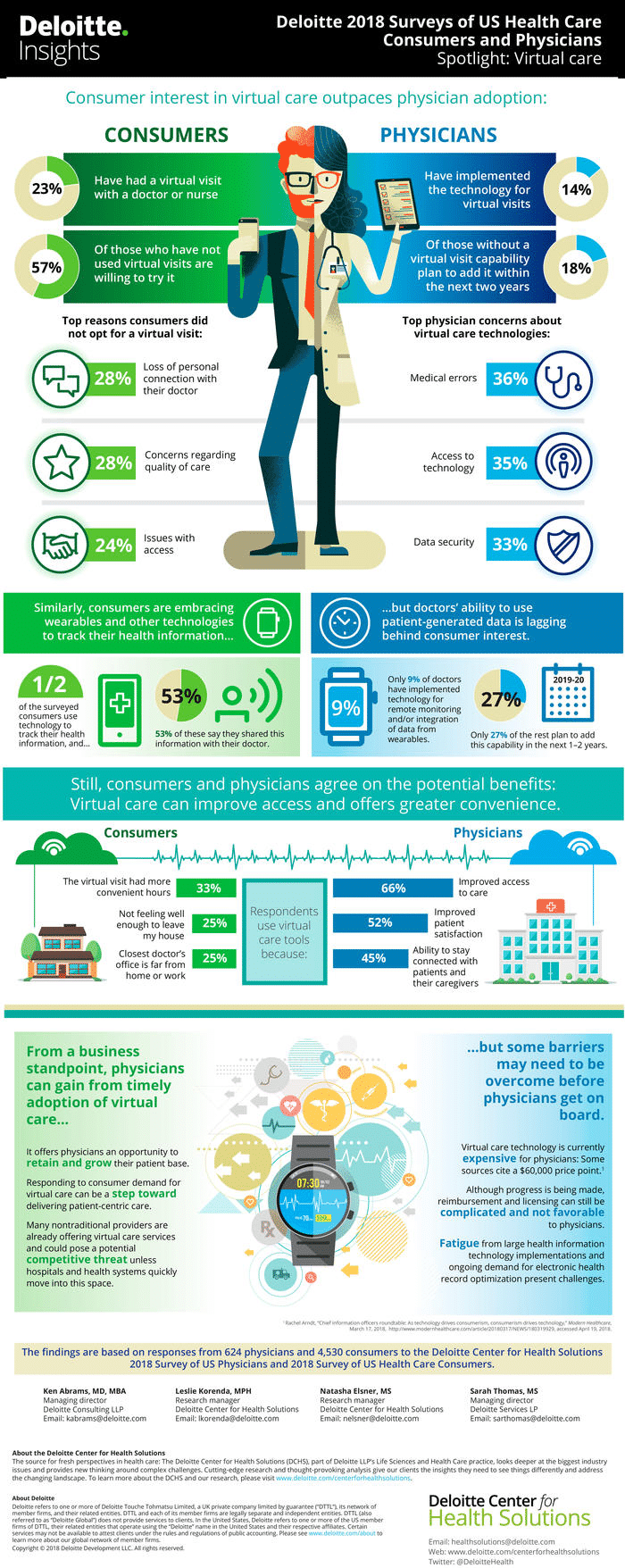
Source: Health Tech Magazine
Since then, experts around the world have managed to put telehealth into practice and use it daily smoothly. Today, the technology available means that it is a much more affordable and accessible option. It is still used as a way to treat far-away patients, but now, it is also used as a more convenient means of care for many other individuals, too.
People now expect quick, convenient, and top-quality care. But health care workers, like paramedics, doctors, nurses, and healthcare assistants, often struggle to provide the level of care they would like to. This is due both to a lack of funding and a lack of staff. Even people who pay for care sometimes struggle to receive the help they need. So, telecare becomes a great solution to these problems.
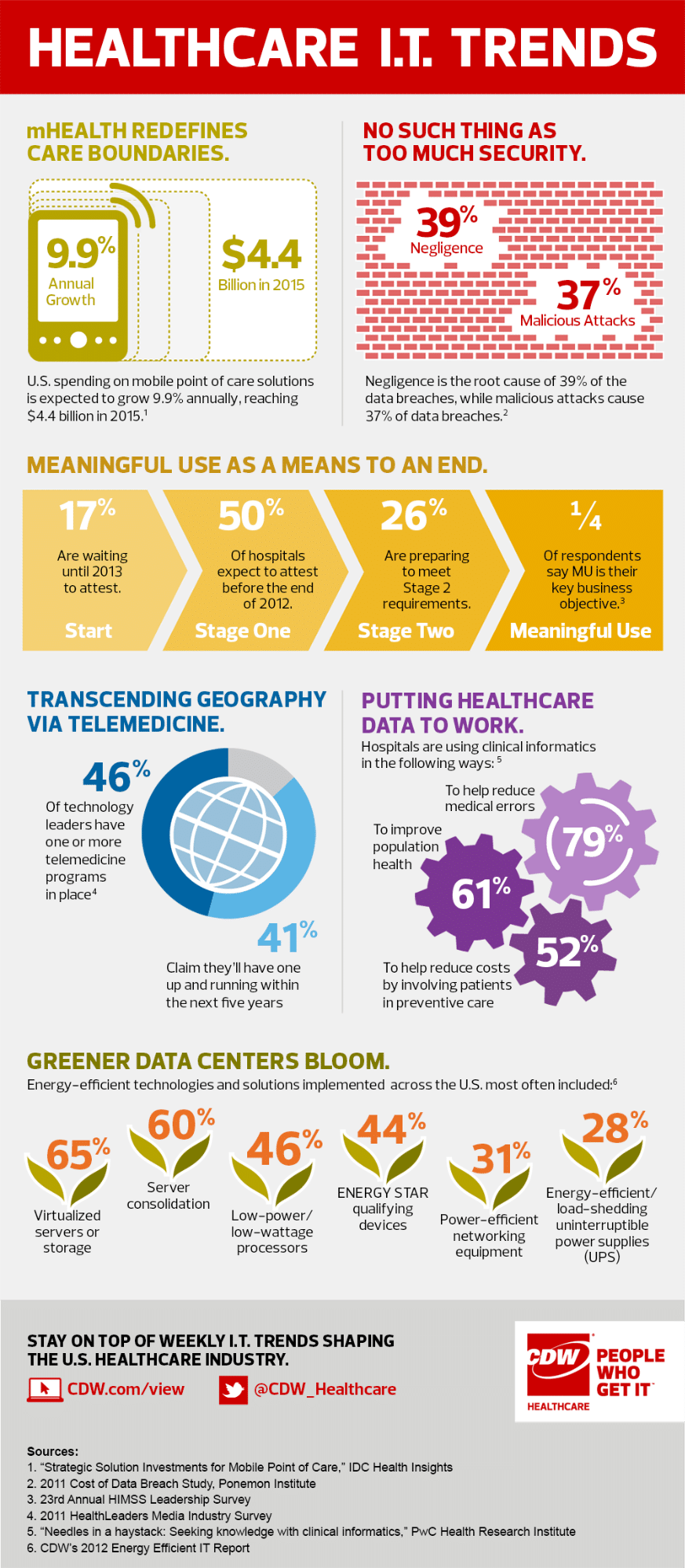
Source: Chiron Health
Introduction to Telemedicine Courses
No matter how good the modern phone is, telemedicine isn’t just a case of picking up a handset and calling a patient. It requires special training. Healthcare workers need to recognise symptoms without being able to see the patient in front of them. They need to be able to know what to tell the patient about how to deal with the issue without a medical assistant at hand. They must communicate as clearly as they can with a patient, knowing that they can’t be there to help physically. And of course, they need to know how to use the various types of tech involved. That means solutions like videoconferencing and more.
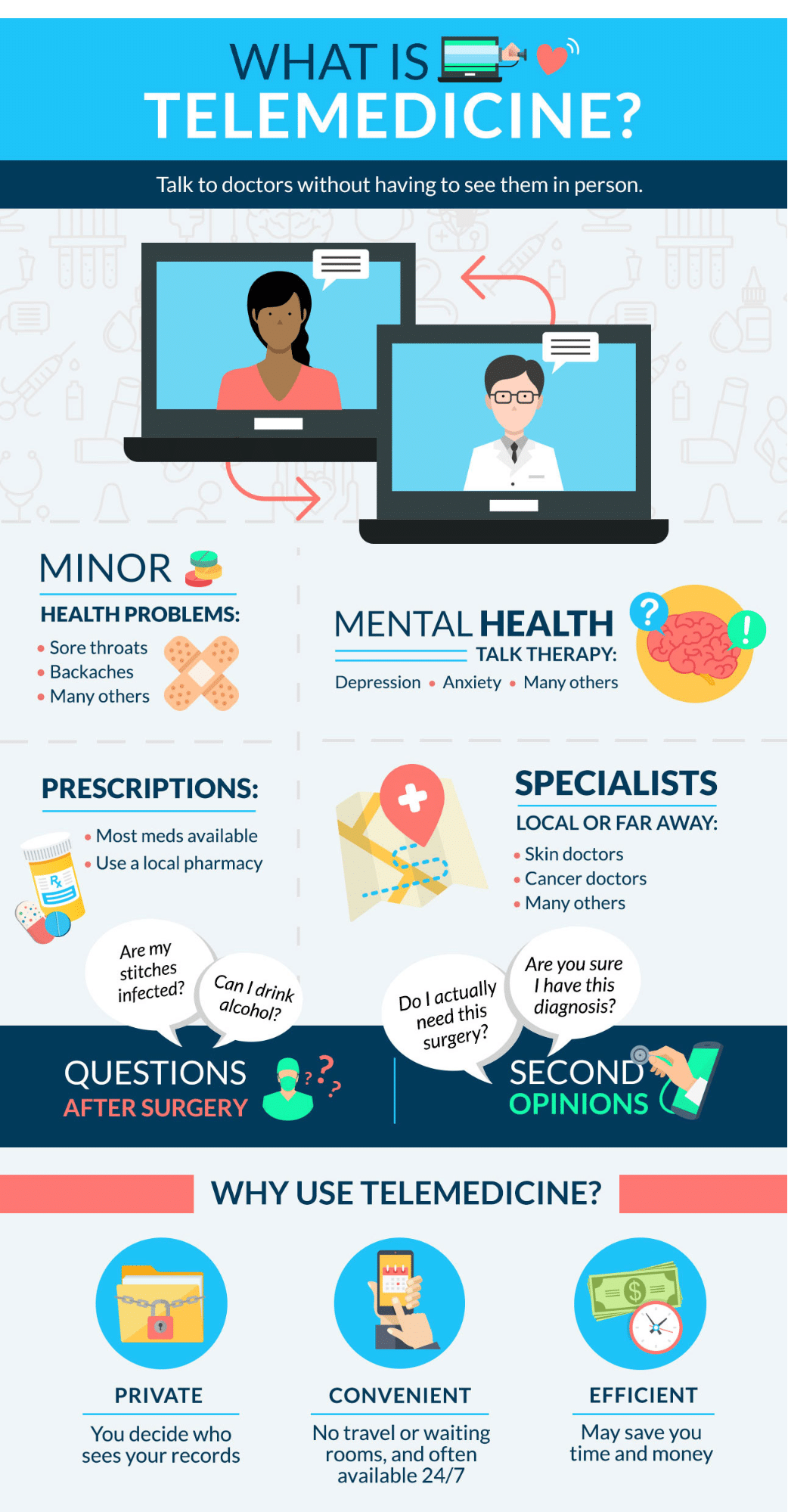
Source: edlogics
This is why taking a course in telemedicine is a good idea for anyone wanting to work in the field. There is a wide range of options available for such courses. You may choose to take one of many free online telemedicine courses, or you may decide to do one that is paid for and face-to-face. Or something in-between. We all have different learning styles, so whatever helps you to learn the best, there is a course available for you. However, many classes will need some home study.
The objectives of any course are to enable the doctor or healthcare pro to be able to:
- Learn how to communicate with patients effectively.
- Understand how to be able to diagnose if virtual care is enough. Or know if the patient needs further treatment.
- Evaluate signs and symptoms virtually.
- Understand what is the best practice to use when giving this care.
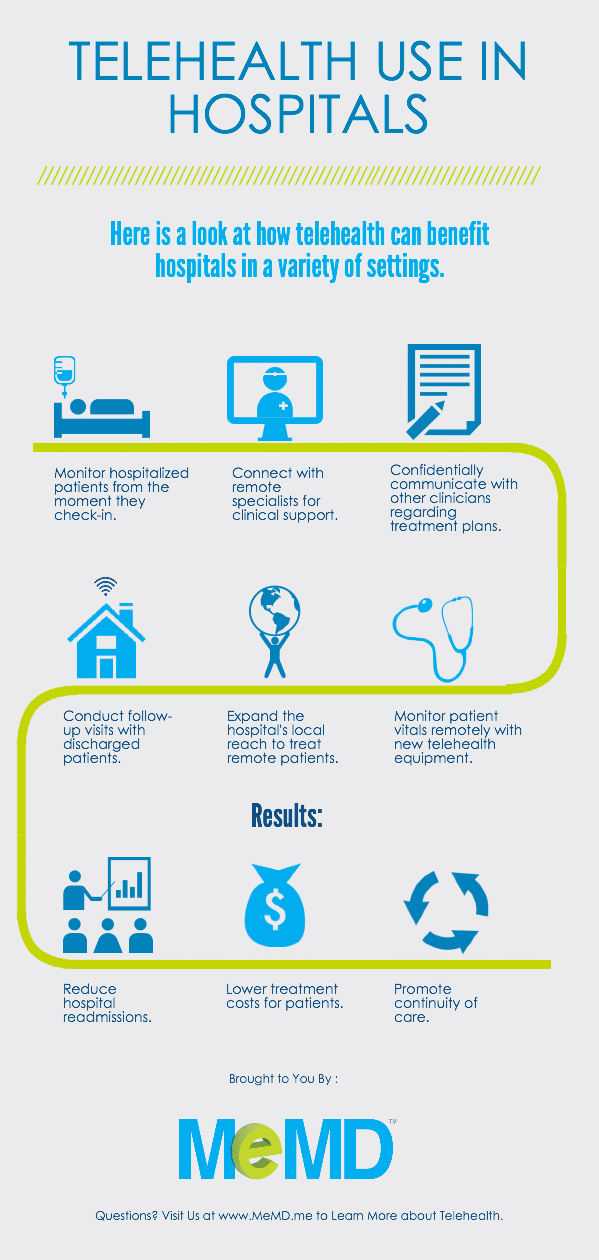
Source: Memd
Studying one of the available telemedicine training programs will also enable you to learn the benefits of each piece of tech. For example, you will learn to understand how teleradiology, the first piece of telemedicine introduced, differs from telepsychiatry, the practice of using technology to treat patients with mental health conditions.
You could be learning about teleophthalmology, telenephrology, or Tele oncology. At the end of the course, you will be able to distinguish and differentiate between each one.
Depending on your specialist field of study, the outcome of your course will differ. And completing a course will enable you to understand and use these terms in your practice.
Courses, as well, will lead to accredited certification to add to your repertoire.
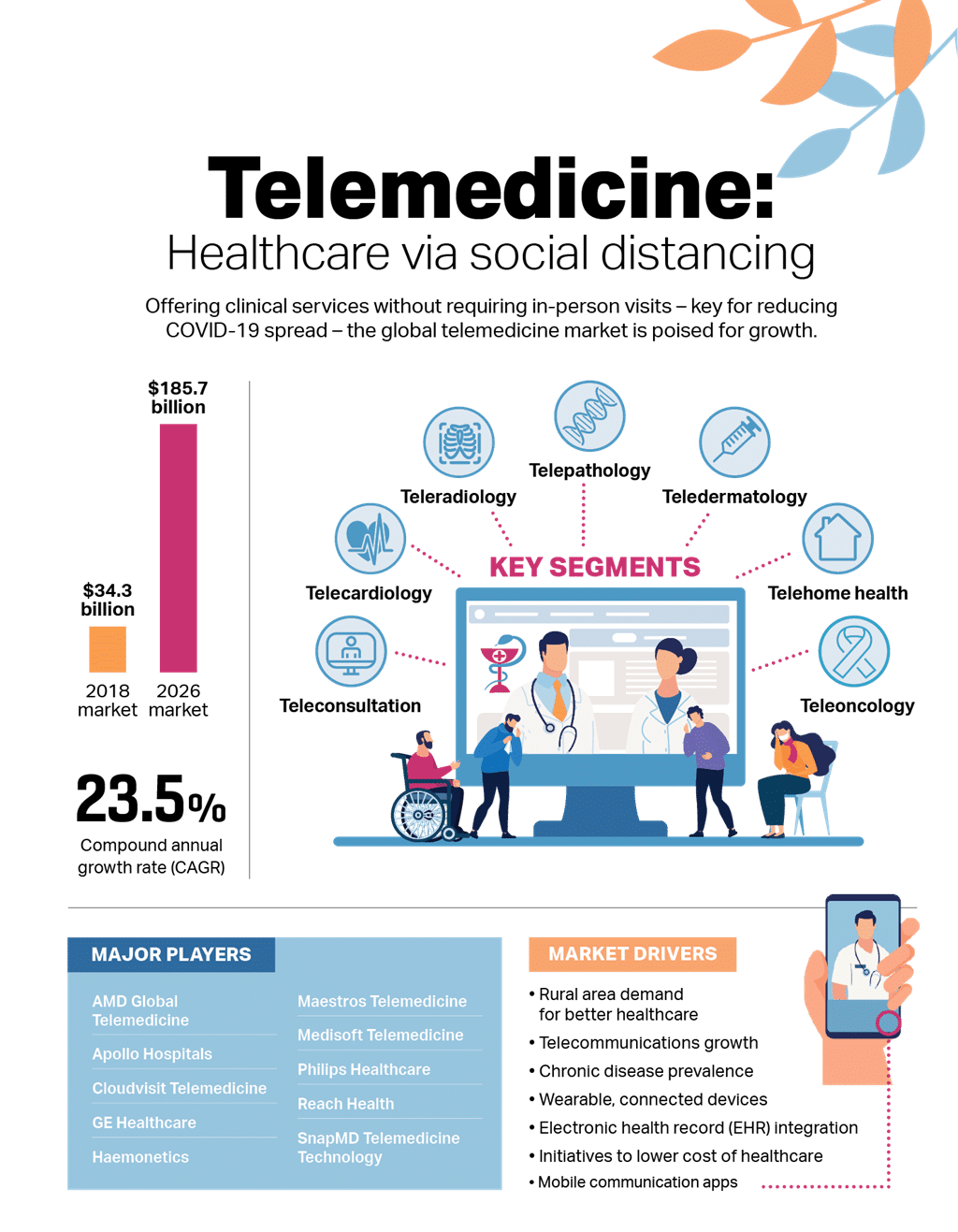
Source: todaysmedicaldevelopment
Benefits of Telemedicine Courses
Virtual or telephone visits save time and money. That’s as well as keeping people safe during times of global health emergencies, such as the COVID-19 pandemic. People no longer have to wait around for hours in cramped waiting rooms. They can instead get on with their day, knowing there’s a specific time they need to make themselves free.
It brings care to those that need it the most without the worry of a financial burden. It allows people to connect and saves the state and healthcare services money in general. Why would you not want to train yourself up to deliver these benefits?
What’s more, people are now able to use their phones or mobile devices to monitor any health issues they may have. So, a doctor can tell patients which apps to use and how to use them to watch their health. Time can even be saved by allowing people to use apps to check things like blood pressure before talking to a healthcare provider.
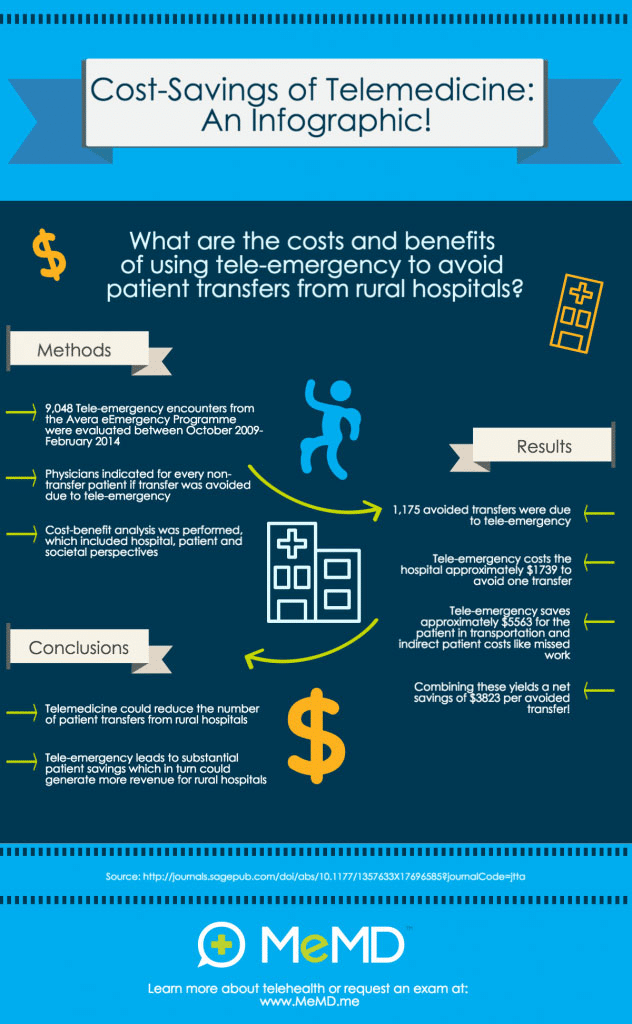
Source: Memd
One main advantage of taking one of many telemedicine training courses on offer is that it ends the knowledge gap. Other advantages include having more timely information on patient records. As well as having more accurate information to hand. All of that makes the life of a physician much easier.
Healthcare workers will be able to spend more time with their patients. They can engage with them and so give a more in-depth level of care.
What’s more, is that medical staff are also able to treat a higher number of people and don’t have to worry about PPE. Taking one of the courses in telemedicine allows workers to make smarter decisions. And having more time means that the amount of work isn’t too much and avoids burnout.
With this in mind, learning how to provide telemedicine accurately gives a higher level of job satisfaction. It brings people back to the core reason why they took a role in medicine in the first place.
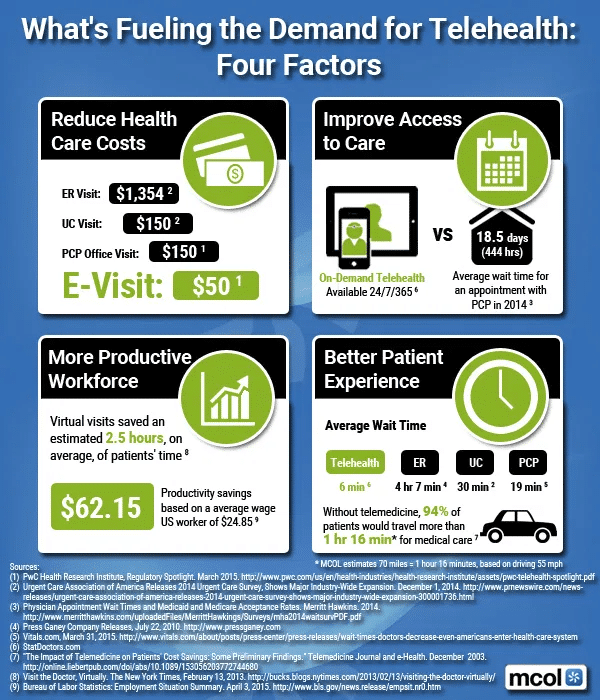
Source: The Alliance
Types of Telemedicine Courses
Whether you are looking for a Telemedicine course in the UK, USA, or anywhere else in the world, there is a course for you. Most courses are broken down into distance learning, online study, and face-to-face lectures.
There are undergraduate telemedicine courses available. However, the majority of courses tend to be post-graduate. This includes diplomas, Master’s degrees, and PhD’s. They’re aimed at providing continuing professional development (CPD) for healthcare professionals.
Courses provide a way to allow the student to learn using a mix of self-study, practical work, and research. Many courses also work on a mixture of course work and research.
For those that have already been working in the field, but would like an update, refresher courses are also available. The training can be done in a range of languages depending on the region, too.
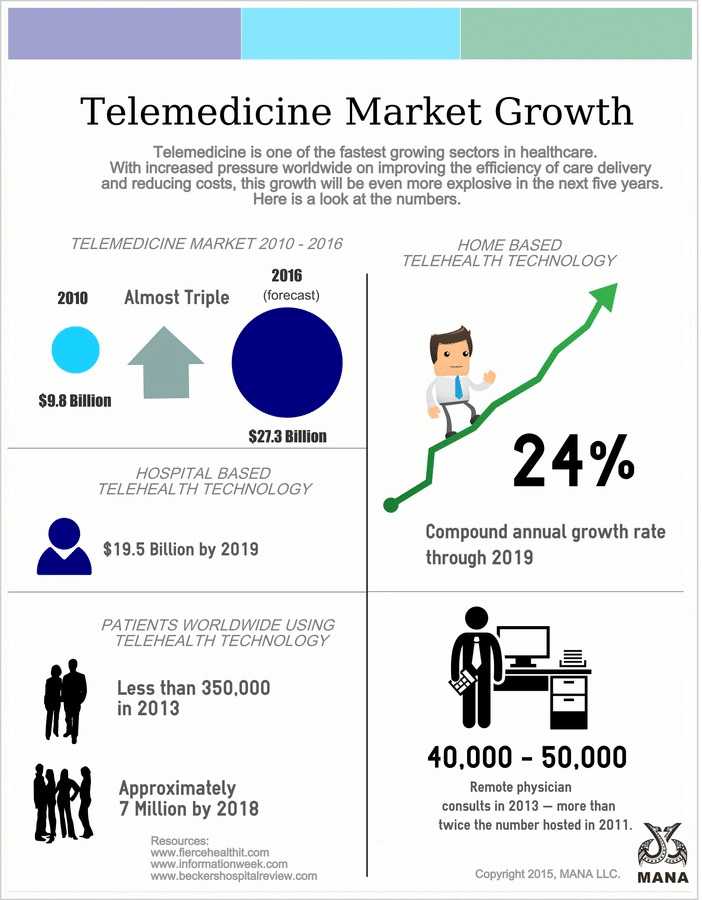
Source: Medical Expo
What to Look For in a Telemedicine Course
It’s important to find a course that suits your specific needs. Consider whether you are better at practical work, research, or a mixture of both. There are specific points that you need to look for when choosing a course.
Think about which stage of your career you are at. If you are starting, perhaps an undergraduate course will suit you best. But if you have been working in the field for years, maybe you need a two-week online refresher course. Are you looking for a telemedicine course for nurse practitioners? Or are you looking for telemedicine training for physicians? All these points will make a difference to the course you choose.
You may have a budget which will also affect the type, of course, you take too. Therefore, look into the prices of the courses and the funding you can get.
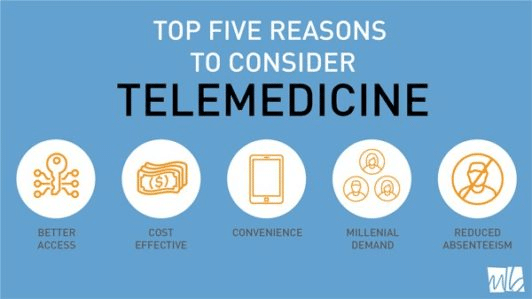
Source: McGohan Brabender
Of course, there are some downsides to telehealth too. Aside from the investment in technology, without seeing a patient, it can sometimes be hard to know if you have given the right advice wholly. Some of the models of telemedicine mean that care is stopped at the point of contact, too. It can be hard to build a relationship with patients when only talking over the phone or video chat.
However, finding the right course will make sure you overcome these issues.
Hours are something you need to consider when researching online telemedicine courses. Think about your current commitments. Can you fit it around your life and work commitments?
Part-time options are a great choice for those who need to fit it in around their professional or family lives. Alternatively, full-time hours will mean the course is completed over a shorter period.
Before committing to an online telemedicine course, think about the curriculum. Does it cover your professional development needs? Don’t waste your precious time learning what you already know. Look for whether it can gain you the valuable skills you need to develop professionally.
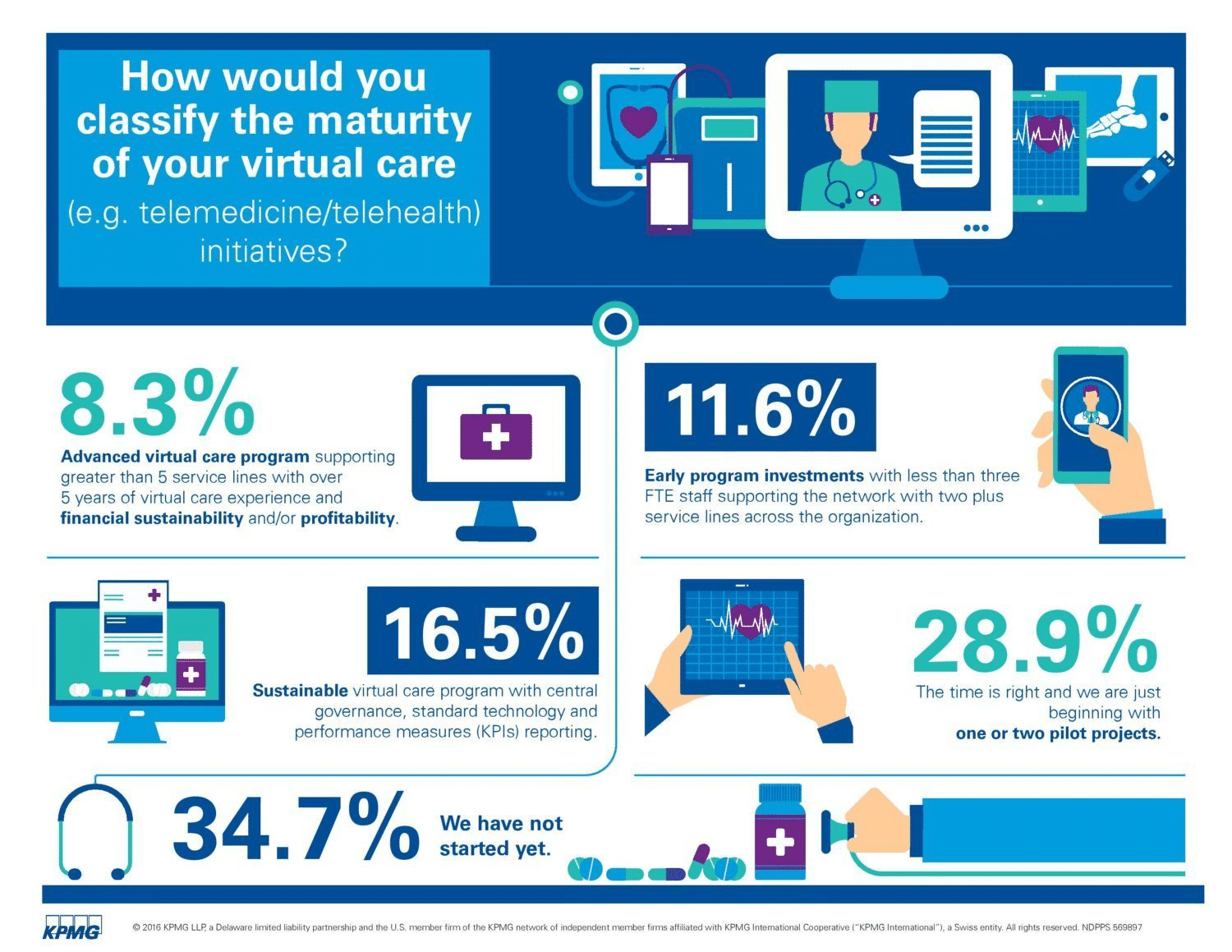
Source: HIT Consultant
Take your time reading through the course outline. See what the teaching and learning styles are. Different people have different ways of learning. This considered, ensure any online telemedicine courses you think about are suited to you.
For example, does it use video learning? Or does it use a lot of reading materials? How is it assessed? How interactive is it? All these are vital questions you must ask yourself when looking for an online telehealth course.
Furthermore, you don’t want to overload your brain with new information. To help keep things manageable, look for a course that offers a varied learning experience.
Interactivity is also a plus. Look out for something that allows you to communicate with course leaders and participants. Being able to share information will benefit your experience. It overcomes a communication barrier set by remote learning.
Like any medical course, you need to learn the difference between terms – such as telemedicine and telehealth. The two are very interchangeable, with the difference being that telehealth is more of an umbrella term. Telehealth is the way that technology is used to alert people of a health issue.
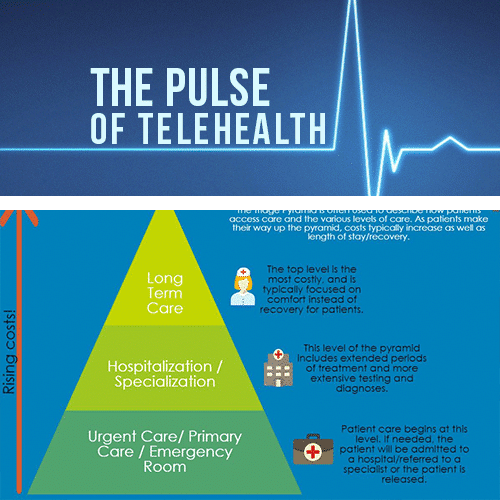
Source: Memd
Top Telemedicine Courses
There are plenty of options when it comes to finding the right telemedicine course for doctors, nurses, and health practitioners. And you need to make sure you choose the correct one for you.
These are some suggestions for the top courses in this area:
The University of Delaware provides an Advanced Telehealth Coordinator Certificate. Lasting a total of 15 weeks, it offers an online learning experience for a wide range of disciplines.
Through videos and presentations, it gets deep into the foundations of telemedicine. It also has an interactive element, with participants hosting a final video presentation. This means you can communicate in real-time, despite being remote.
Finance options are available, too. This makes it not only comprehensive but accessible. Healthcare professionals all over the world can benefit from top-level training.
For those looking specifically for telemedicine courses in the UK, a few top universities also have you covered. The University of Cumbria, for instance, provides an online, part-time module on Digital Health. It covers how tech can be best used to support all aspects of health and social care.
Telehealth Village is another organisation that provides online courses for telemedicine. Foundations of Telehealth is an option set for individuals to learn the basics of the subject. Suitable for clinicians, teams, administrators, and so forth, it gives a broad summary.
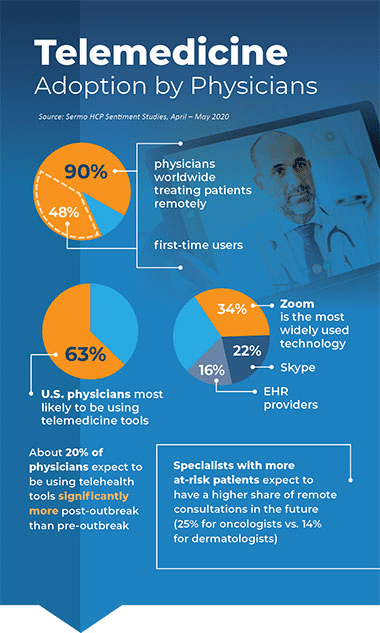
Source: Boomers Daily
As well as this, it covers technical and financial considerations and public policies.
The course itself is only 90-minutes long. This makes it perfect for those wanting to start from the very beginning. It has a built-in assessment, too. It is something people can consider before moving onto anything more particular or comprehensive.
UCL runs another telemedicine course UK healthcare pros may wish to consider. Their postgraduate certificate in telemedicine is designed specifically for medical and non-medical ophthalmic pros. It, therefore, offers a very focussed view of eHealth and telemedicine in that area.
The Virginia Center for Diabetes Prevention & Education (VCDPE) offers something more specific, too. Prospective learners with interest in diabetes self-management can learn there for free.
It is aimed at areas of Virginia at higher-than-average risk of diabetes. Spread over four classes, it covers basics, nutrition, and self-management skills. It provides helpful information on healthy eating.
It allows diabetes patients to learn more themselves. Praised for having knowledgeable educators, it’s well-organised and interactive.
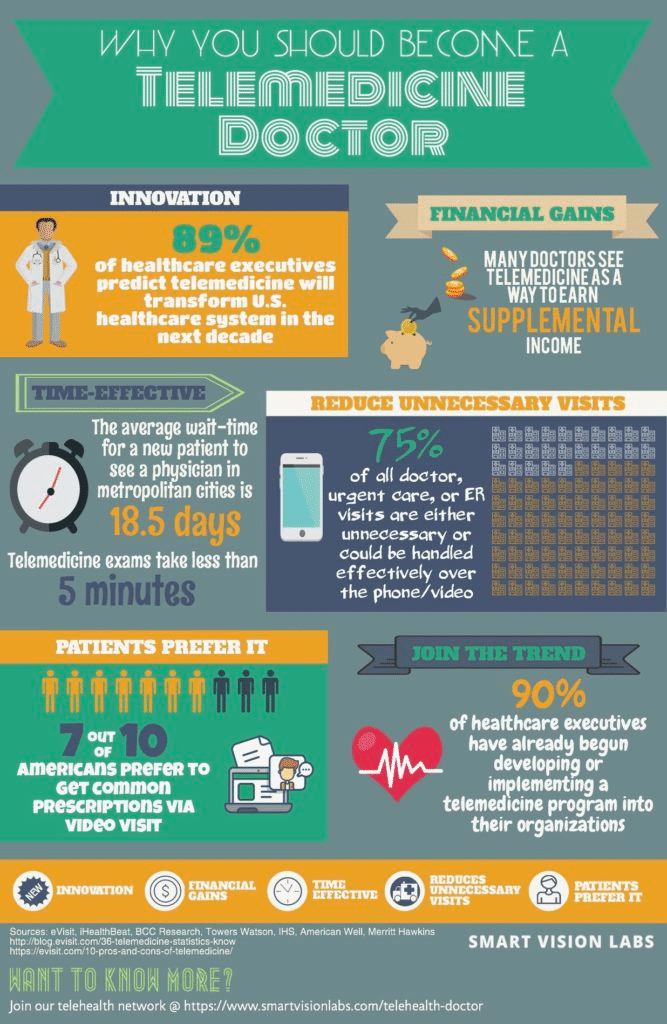
Source: Smart Vision Labs
Renowned ophthalmologist, Dr Saya Nagori, has set up another great course. This is called Telemedicine and Health Technology for US Physicians & Health Care Providers.
Combining all manner of learning techniques, it is diverse and interesting. Containing plenty of reading resources, it encourages further learning beyond the course. It even has elements of interactivity and fun, combining quizzes and videos.
Set over eight modules, there are plenty of desired outcomes. This includes understanding the full scope of telemedicine and starting a telemedicine career.
This is ideal for those who don’t have much existing knowledge on the subject. It builds and broadens an understanding of the topic. However, those who are in the process of adding telemedicine to their practice are also recommended.
Project Echo provides telemedicine courses for primary caregivers. Their training gives access to the knowledge needed to care for patients with complicated conditions. They are based at the University of Virginia.
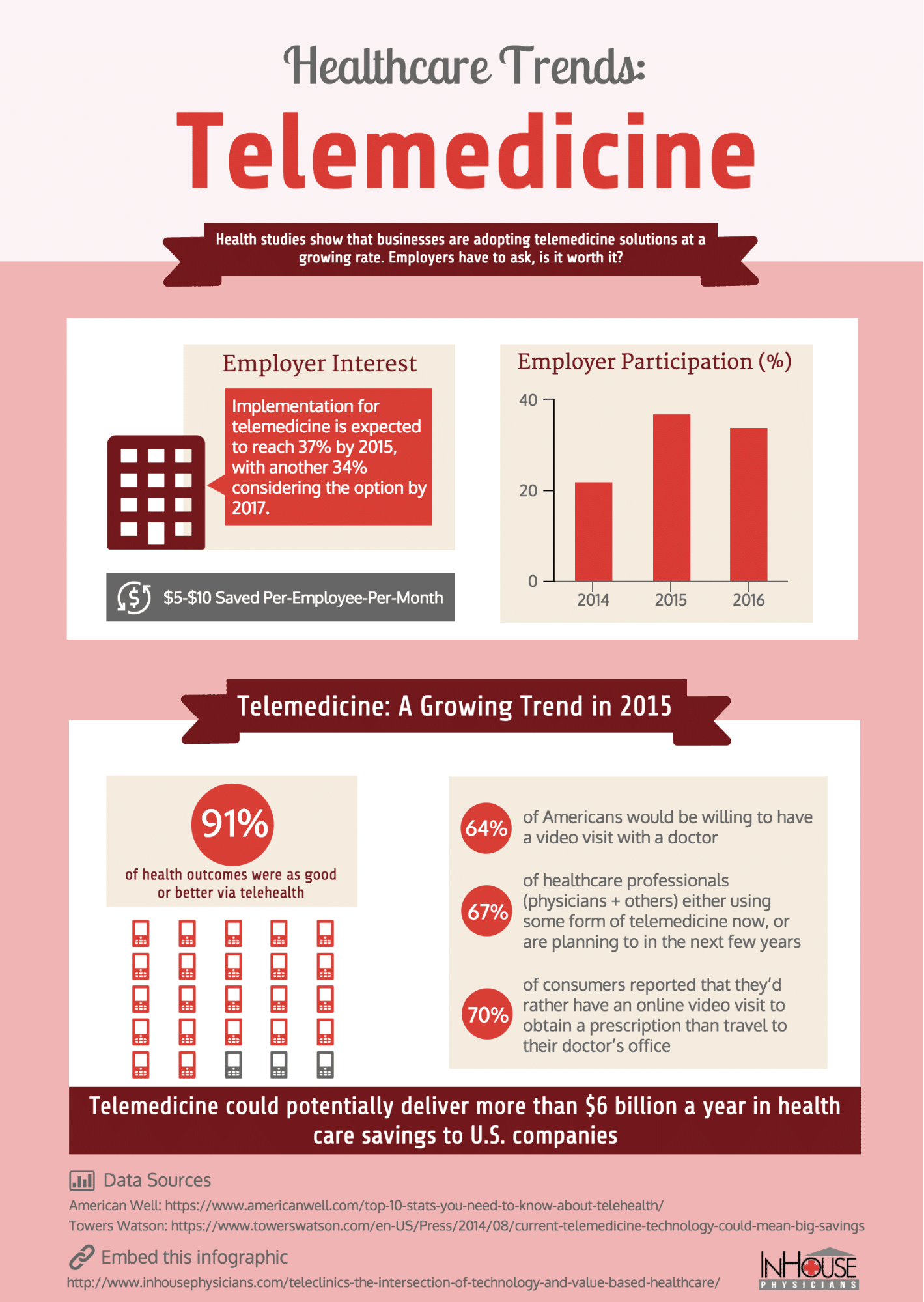
Sources: Chiron Health
It connects you with specialists and allows professionals to collaborate. People can share skills and experiences to increase everyone’s knowledge and ability.
For example, Echo Autism For Primary Care connects you with a virtual network. Putting people in touch with other caregivers, it essentially builds a support community. Lasting a total of 24 sessions, it works through a comprehensive list. Touching on speech-language pathology and family support, each session lasts one hour.
This makes it ideal for those who don’t have much time to spare.
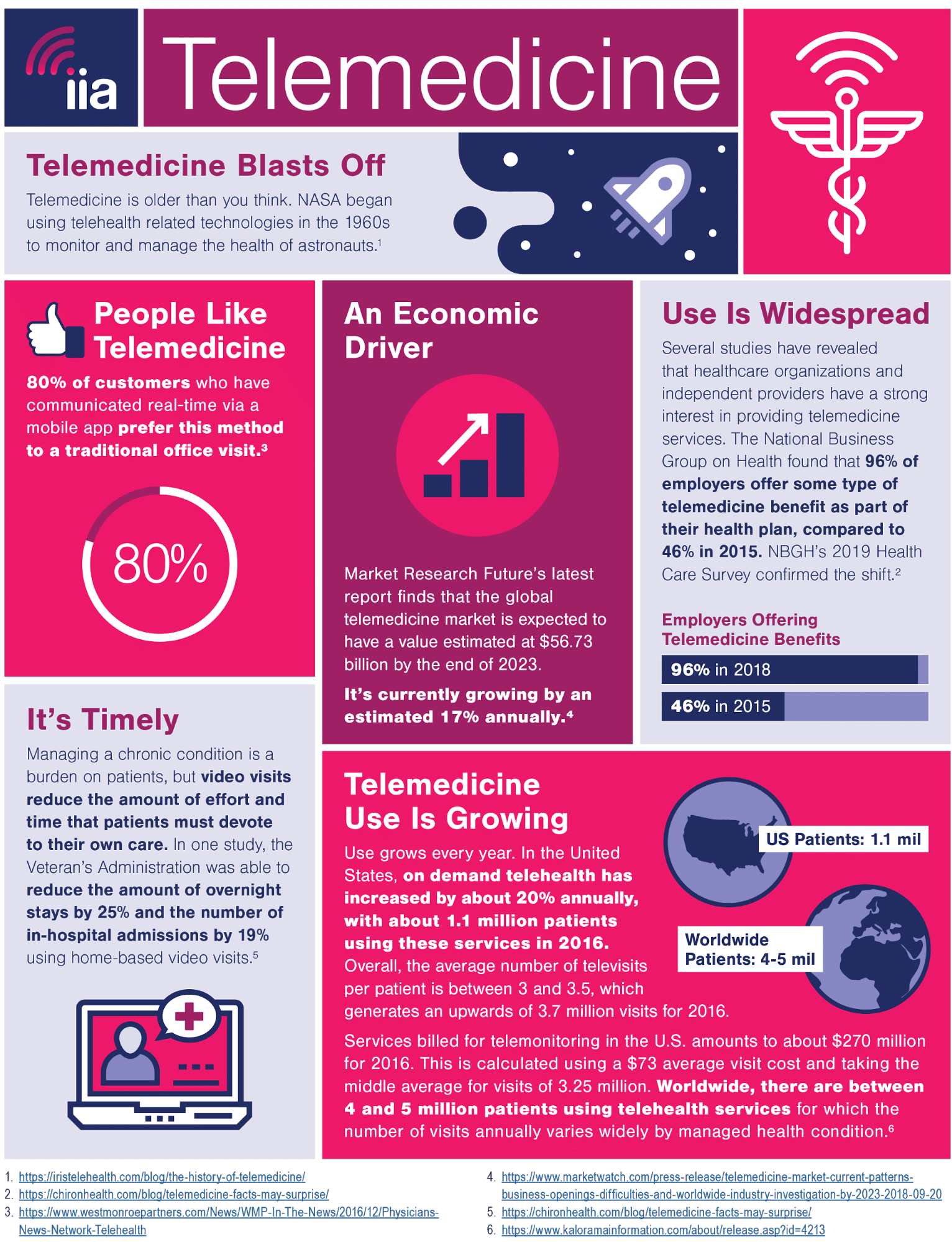
Source: Internet Innovation
Conclusion
Having looked into what telemedicine is and why it benefits a community, you may now be thinking that you would like to work in the sector.
Whether it’s full-time or part-time, online or face-to-face, research, or practical focused, there is a course out there to suit everybody. You may be a nurse checking on a patient’s skin condition, or a surgeon checking on a wound; telemedicine helps in all fields.
Always ensure to look for the details in a course and figure out which course best suits you. Consider time and money and think about the qualification you may need at the end. It might be hard now, but also consider why you want to do the course. Is it because you want to fulfil a knowledge gap, help smaller communities, or progress more as tech moves on?

Source: 1st Healthcare Compliance
Whatever the reason, partaking in a course in telemedicine will put you ahead of the competition. Especially in these days of ever-evolving tech. Learning how to use tech to help patients save time and money. It allows you to make better decisions for your patients as well as giving you more spare time and focus.
Telemedicine is the ultimate way to communicate with patients in a modern and successful way. Leaving both health care staff and patients happier.
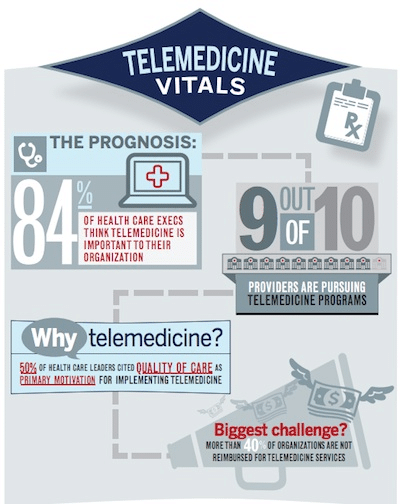
Source: V See
Get details on the security and trust built into RingCentral products and services.Download the white paper
Originally published Aug 28, 2020, updated Jan 17, 2023



